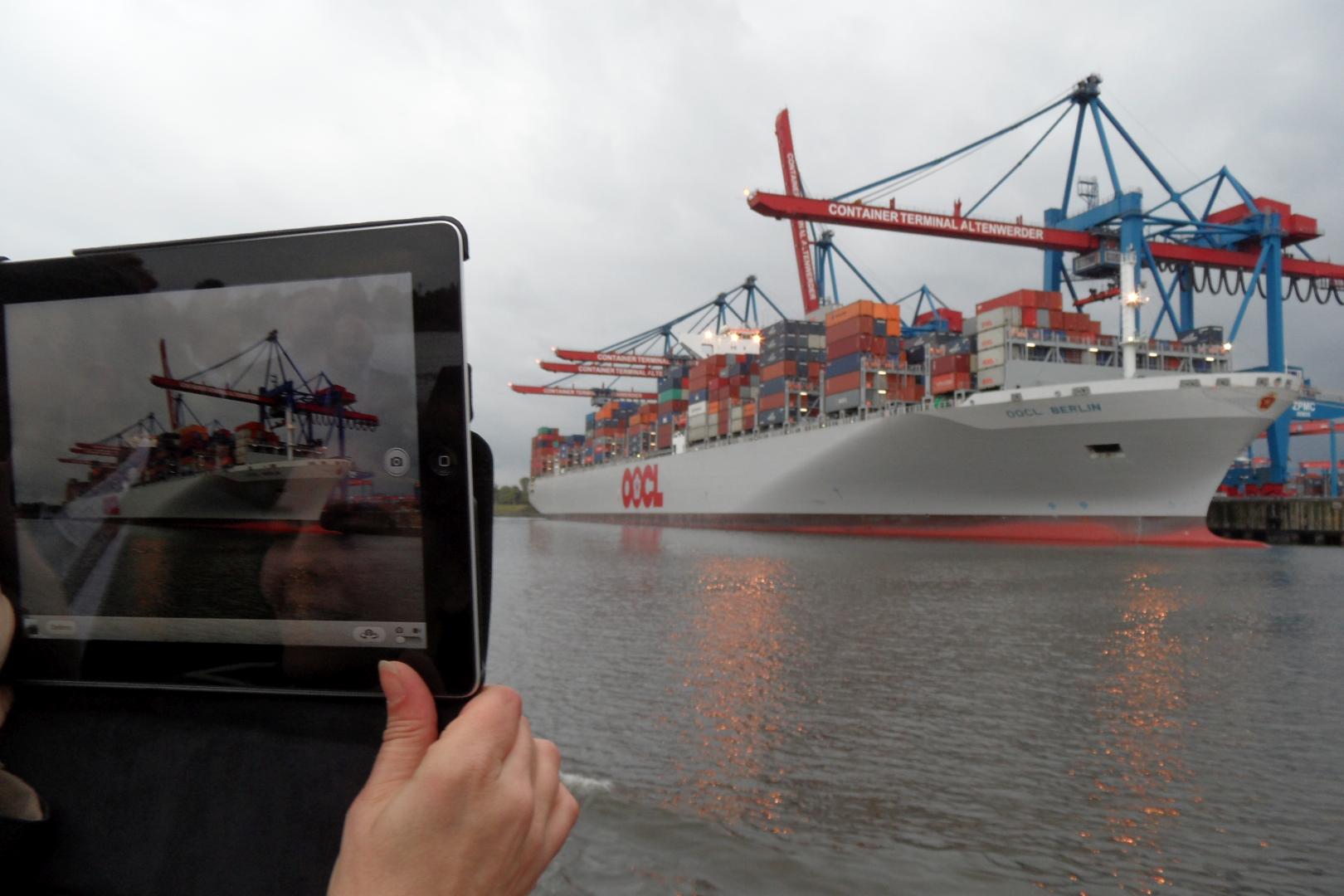Hope for safe sea transport in 2024 on the route around the Cape of Good Hope

31 December 2023/

 By Marek Grzybowski
By Marek Grzybowski
In 2023, two major gateways connecting global markets failed. The passage through the Panama Canal in 2024 will, as announced, accommodate ships with a shallower draft. The region around the Suez Canal has become dangerous again and there is no indication that it will be safer in 2024 than at the beginning of 2023. The difficult situation is deepened by the crisis in the Red Sea, the uncertain situation in the Black Sea and the Mediterranean Sea in 2024. Polish trade with Asian markets may depend on an efficient route around the Cape of Good Hope. In its latest weekly shipping lane report, Intermodal said that “as 2023 ends, the global shipping business faces significant challenges from environmental and geopolitical issues affecting the Panama and Suez Canals.” Global logistics is experiencing another shock after the Covid pandemic and Russia’s invasion of Ukraine. Once again, we need to modify websites and change cruise schedules, as well as change calculations and supply chain plans, revise the “just in time” concept, and adjust inventory plans and production projections. Obstacles have arisen at key sea connections, forcing maritime transport operators to seek a return to the routes used to conquer the world by Ferdinand Magellan, Vasco da Gama, and James Cook. Will we have to travel around the world in 80 days again?
From hyperglobalization to polyglobalization – Disruptions on leading connections lead to disruption of globalization and production chains. We are moving from hyper-globalization to poly-globalization, suggests Rebecca Grynspan, Secretary-General of UNCTAD, referring to the concept developed by Dani Rodrik from Harvard University. – In a world full of cascading crises, geoeconomic fragmentation, slowing economic development and climate change, maritime trade is like a stabilizing drift (a ship in a storm), protecting the global economy from turbulent currents of disruptions – wrote Rebecca Grynspan in November on the occasion of the publication of the latest report UNCTAD regarding maritime transport. Today it is known that global trade decreased by approximately 5% in 2023 compared to record turnover in 2022. According to UNCTAD forecasts from November this year. Maritime trade volume will continue to grow in the coming years: 2.4% in 2023 and 2.1% in the next five years. This optimism is not shared by all operators. In the December study, the forecasts are more cautious.
The forecasts are generally pessimistic UNCTAD notes that “Looking ahead to 2024, global trade forecasts remain highly uncertain and generally pessimistic.” This is justified by observations from late 2023: “While some economic indicators point to potential improvement, persistent geopolitical tensions, high debt levels and widespread economic instability are expected to have a negative impact on global trade patterns.” Statistics from the Panama Canal Authority show that in 2021, the Panama Canal provided conditions for the transit of approximately 291.7 million LT of cargo and approximately 294 million LT in 2022. However, in 2023 there was a breakdown due to the development of open-pit mines and drought. This led to a decline in cargo transit to approximately LT 285.7 million. – Blockages in the Panama Canal have severely disrupted U.S. grain trade. Forwarders, especially those transporting crops to Asia, now have to look for longer routes, e.g. around South America, Africa or through the Suez Canal – informs Chara Georgousi, market research expert at Intermodal.
More: Hope for safe sea transport in 2024 on the route around the Cape of Good Hope https://www.bssc.pl/2023/12/31/hope-for-safe-sea-transport-in-2024/